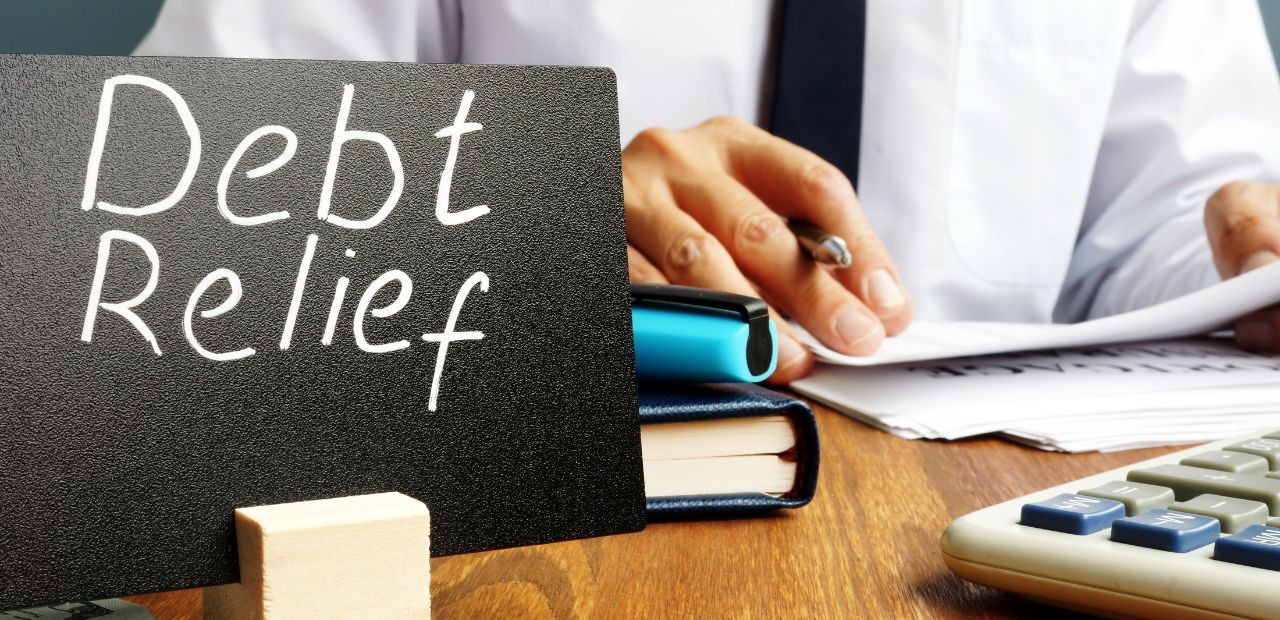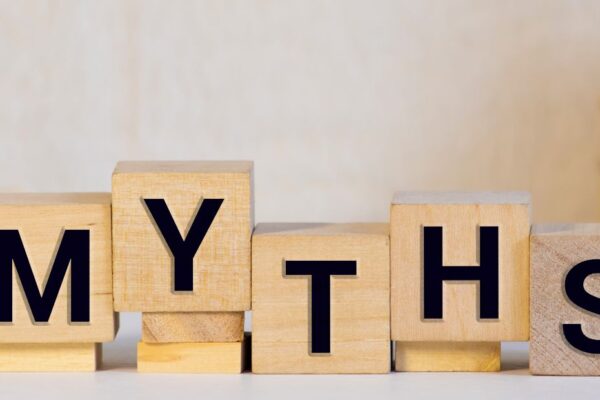Are you struggling with overwhelming debt and feeling like there’s no way out? You’re not alone. Many people find themselves in a situation where their debt has become unmanageable, and they need help to get back on track. Fortunately, there are debt relief programs available that can provide the assistance you need. In this comprehensive guide, we’ll explore the various options and help you understand how to choose the best debt relief program for your unique situation.
Understanding Debt Relief Programs
Debt relief programs are designed to help individuals and families manage and reduce their outstanding debts. These programs come in different forms, each with its own set of benefits and drawbacks. Some common debt relief options include:
1. Debt Consolidation
Debt consolidation involves combining multiple debts into a single, more manageable payment. This is often done through a debt consolidation loan or balance transfer credit card. By consolidating your debts, you can potentially lower your interest rates and simplify your repayment process.
2. Debt Management Plans
A debt management plan (DMP) is a structured repayment program offered by credit counseling agencies. In a DMP, the credit counseling agency works with your creditors to negotiate lower interest rates and waived fees. You make a single monthly payment to the agency, which then distributes the funds to your creditors according to the agreed-upon plan.
3. Debt Settlement
Debt settlement involves negotiating with your creditors to settle your debts for less than the full amount owed. This option typically works best for unsecured debts, such as credit card balances and medical bills. Debt settlement can be done on your own or through a reputable debt settlement company.
4. Bankruptcy
In some cases, bankruptcy may be the most appropriate solution for addressing overwhelming debt. There are two main types of personal bankruptcy: Chapter 7 and Chapter 13. Chapter 7 bankruptcy involves liquidating your assets to pay off debts, while Chapter 13 bankruptcy involves a court-approved repayment plan over a specified period.
Choosing the Right Debt Relief Program
When selecting a debt relief program, it’s essential to consider your unique financial situation and goals. Here are some factors to keep in mind:
1. Type of Debt
Different debt relief programs are better suited for certain types of debt. For example, debt consolidation is often most effective for credit card balances and other high-interest unsecured debts, while debt settlement may be more appropriate for large amounts of unsecured debt.
2. Amount of Debt
The total amount of debt you owe can also influence your choice of a debt relief program. If you have a relatively small amount of debt, a debt management plan or debt consolidation might be sufficient. However, if you have a substantial amount of debt, debt settlement or bankruptcy may be more realistic options.
3. Credit Score Impact
Some debt relief programs, such as debt settlement and bankruptcy, can have a significant negative impact on your credit score. If maintaining a good credit score is a high priority, you may want to consider options like debt consolidation or a debt management plan, which typically have a less severe impact on your credit.
4. Affordability
Consider the costs associated with each debt relief program, including fees, interest rates, and potential tax implications. Make sure you choose a program that is affordable and sustainable for your budget.
5. Timeframe
Different debt relief programs have varying timelines for becoming debt-free. Debt consolidation and debt management plans often take 3-5 years, while debt settlement may be completed in 2-4 years. Bankruptcy can provide a quicker resolution but has long-lasting consequences.
Working with a Reputable Debt Relief Company
If you decide to work with a debt relief company, it’s crucial to choose a reputable and trustworthy provider. Here are some tips for selecting a reliable debt relief company:
1. Research and Reviews
Conduct thorough research on potential debt relief companies. Read online reviews, check their Better Business Bureau (BBB) ratings, and look for any complaints or legal actions against the company. Don’t just rely on the company’s website or marketing materials – seek out objective third-party opinions to get a well-rounded view of their reputation. Look for consistently positive reviews and a track record of success in helping clients achieve their debt relief goals.
2. Transparency
A reputable debt relief company should be transparent about its fees, processes, and potential risks. Be wary of companies that make guarantees or promise unrealistic results. A trustworthy company will openly discuss the costs associated with their services, including any upfront fees or ongoing charges. They should also provide a clear explanation of how their program works, what you can expect throughout the process, and any potential drawbacks or challenges you may face along the way.
3. Accreditations and Memberships
Look for companies that are accredited by professional organizations, such as the American Fair Credit Council (AFCC) or the International Association of Professional Debt Arbitrators (IAPDA). These accreditations demonstrate a commitment to ethical practices and industry standards. Additionally, check if the company is a member of other relevant industry associations or consumer protection organizations. These memberships often require adherence to strict codes of conduct and provide an extra layer of accountability.
4. Personalized Approach
Choose a debt relief company that takes the time to understand your unique financial situation and provides personalized recommendations based on your needs and goals. A one-size-fits-all approach rarely works in debt relief, as each person’s financial circumstances are different. Look for a company that offers a free initial consultation to assess your situation and discuss your options. They should ask detailed questions about your income, expenses, debts, and financial objectives to create a customized plan that addresses your specific challenges and helps you achieve your desired outcomes.
5. Experience and Expertise
When selecting a debt relief company, consider their level of experience and expertise in the industry. Look for a company that has been in business for several years and has a proven track record of successfully helping clients resolve their debts. Experienced debt relief professionals will have a deep understanding of the various strategies available and can guide you through the process with confidence. They should also have a thorough knowledge of relevant laws and regulations, such as the Fair Debt Collection Practices Act (FDCPA), to ensure that their rights are protected throughout the debt relief process.
Conclusion
Dealing with overwhelming debt can be stressful and overwhelming, but remember that you have options. By understanding the various debt relief programs available and carefully considering your unique circumstances, you can make an informed decision about the best path forward.
If you’re ready to take control of your debt and achieve financial freedom, consider reaching out to MDR Financial for expert debt settlement services. Our team of experienced professionals will work with you to create a customized debt relief plan that fits your needs and budget. Don’t let debt hold you back any longer – contact MDR Financial today to start your journey towards a brighter financial future.
Take the first step towards financial freedom by contacting MDR Financial for a free consultation on Our debt settlement services. Visit our website or call us at (810) 931-1311 to learn more about how we can help you become debt-free.










